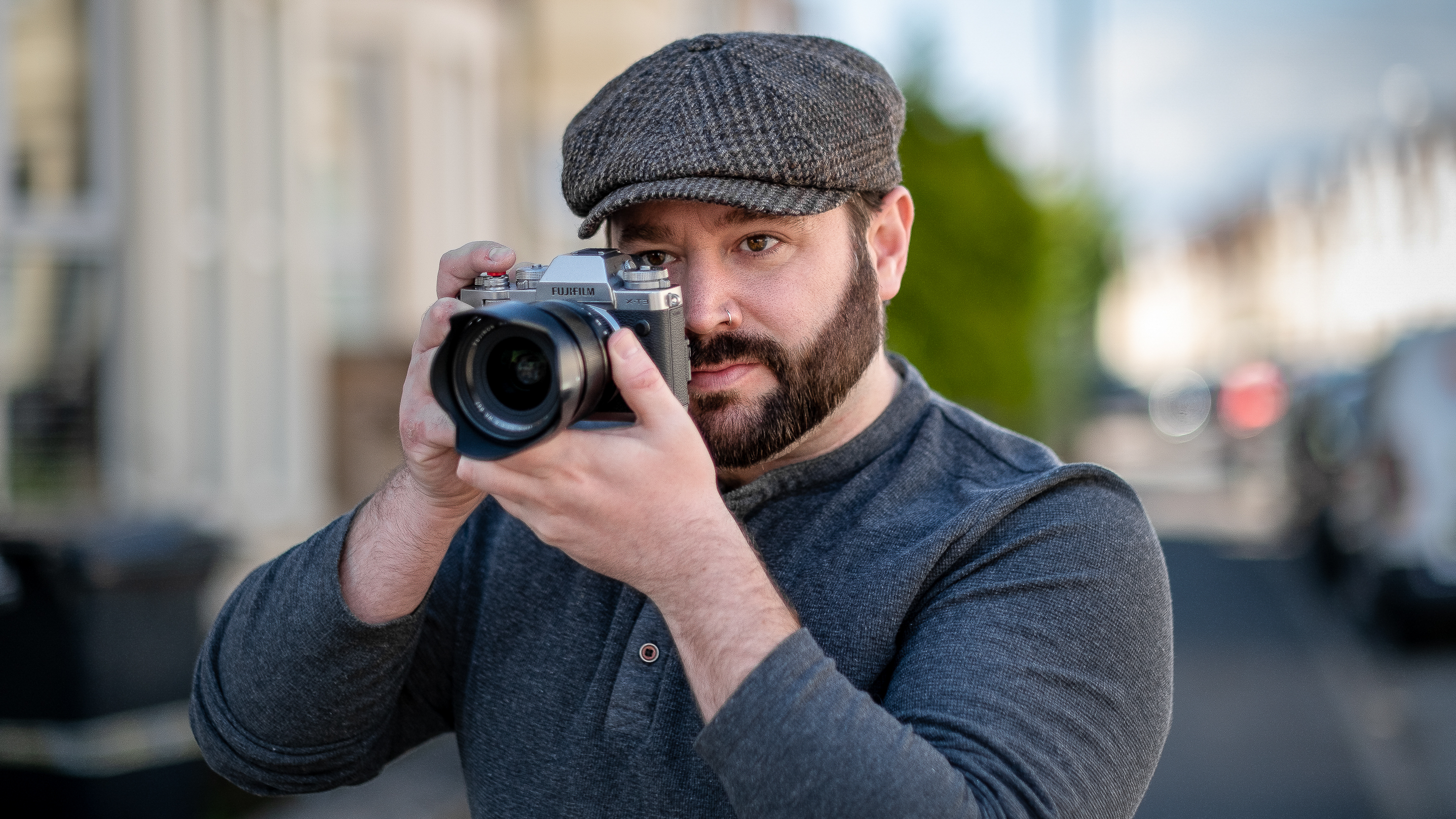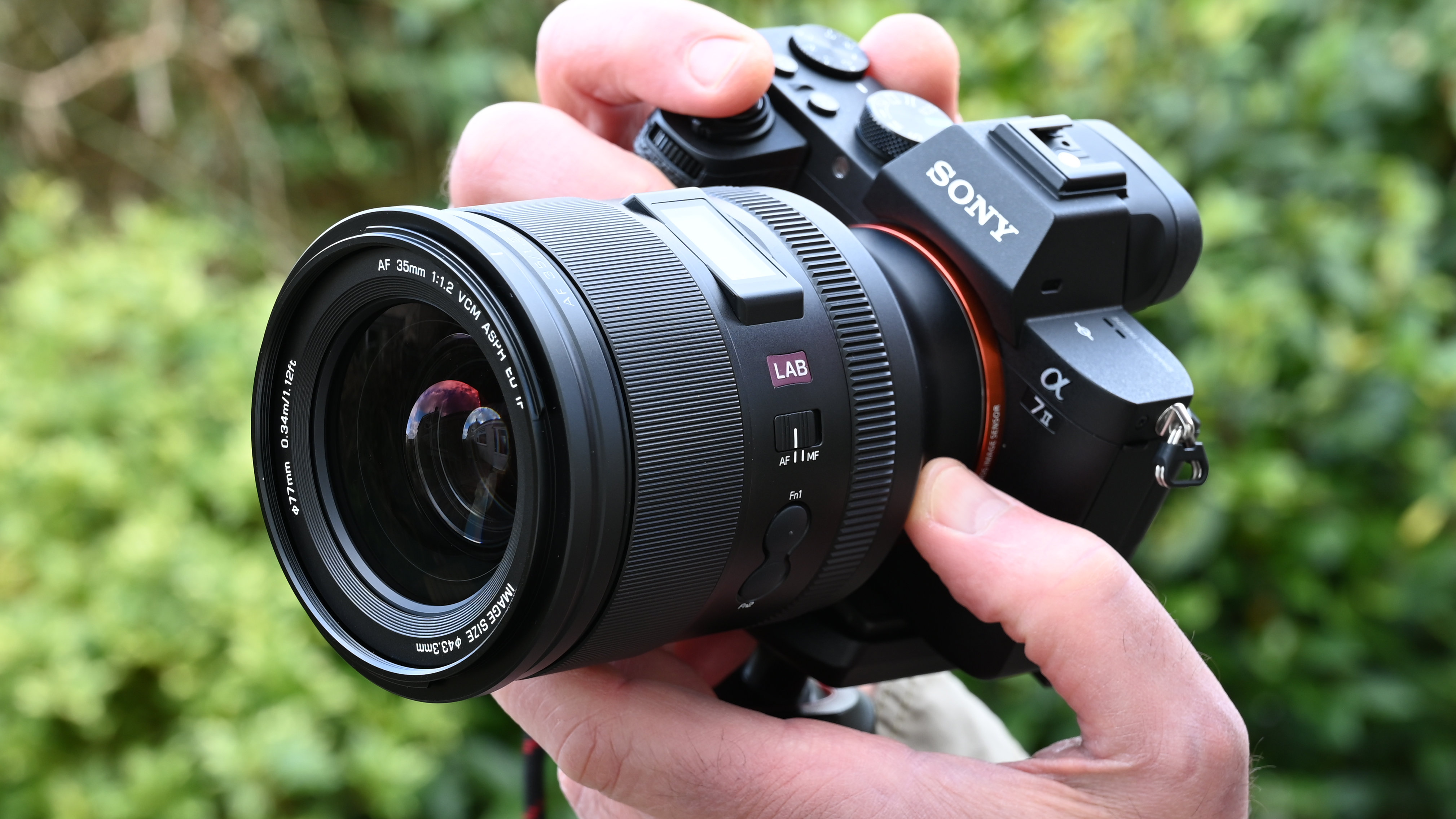How to create beautiful shots using ICM photography
Discover how to capture stunning images with ICM – simply moving your camera over a long exposure
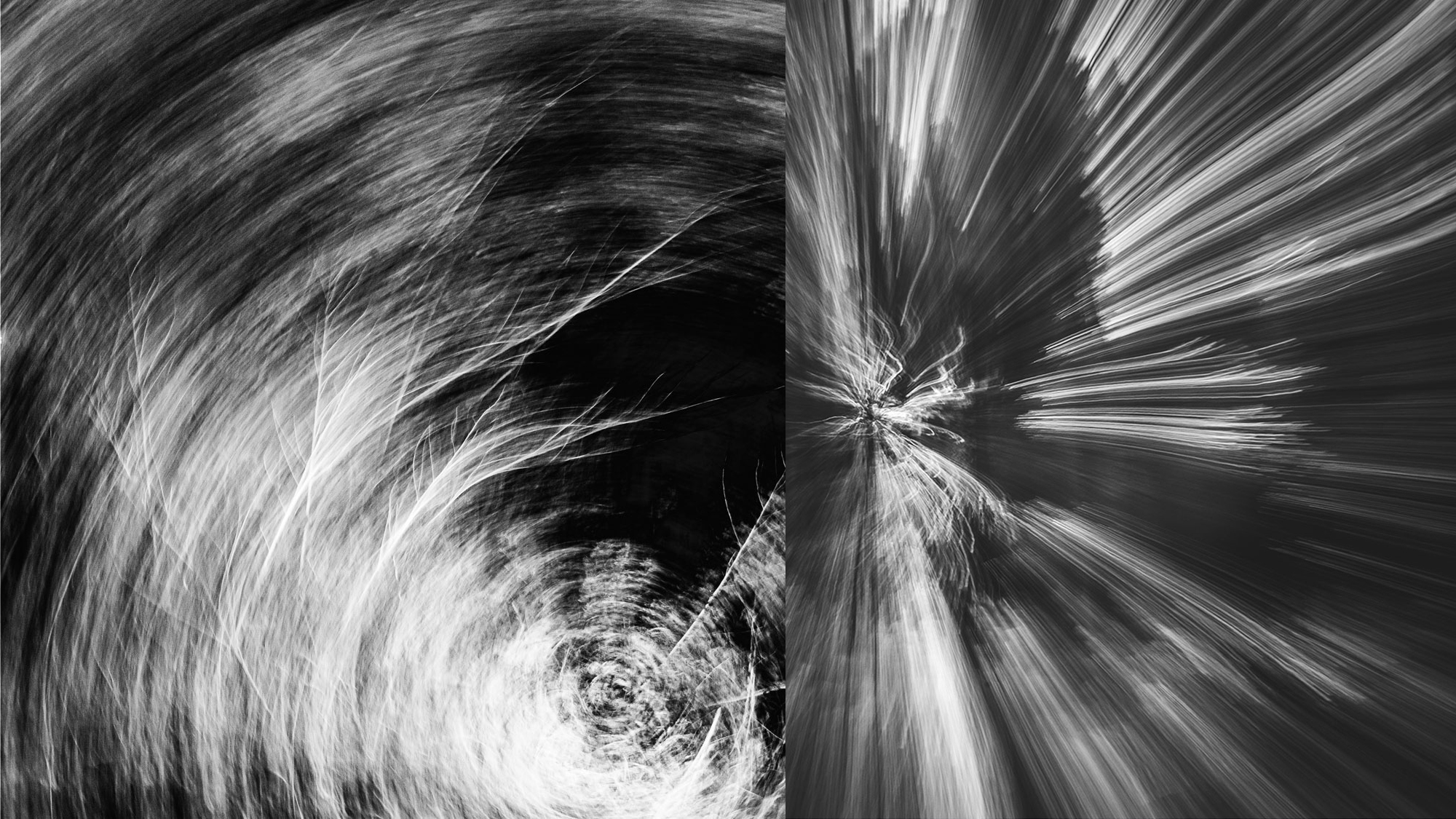
More lockdown projects
• Home photography projects
• Photo projects to try indoors
• Photography tips, tutorials and videos
Useful home photography kit
• Best tripods
• Best lighting kits
• Best reflectors
• Best macro lenses
Abstract in-camera movement – also known as ICM photography, or intentional camera movement – is my craft. I love taking photos of everyday objects and changing their perspective and form with movement: it takes the audience on a journey.
I was diagnosed with Asperger’s at the age of 12 and severe OCD later, which led me to face challenges such as talking to people and making friends; it has often led me to feel lost. But for my fourteenth birthday I got my own DSLR camera, a Nikon D3100. I fell in love with it, and photography magazines inspired me develop my passion for capturing images.
• Read more: Best Nikon cameras
I then discovered YouTube and began to teach myself photography. I went from a dark and lonely place to becoming invested in an art form that takes my focus away from the negativity in my life. My journey so far has been very difficult, but photography has helped me express my emotions in a safe way.
The technique of ICM (moving the camera while the shutter is open) now makes up most of my portfolio (www.jamesmoore.photography). Every photo is unique.
These amazing abstracts were created using ICM
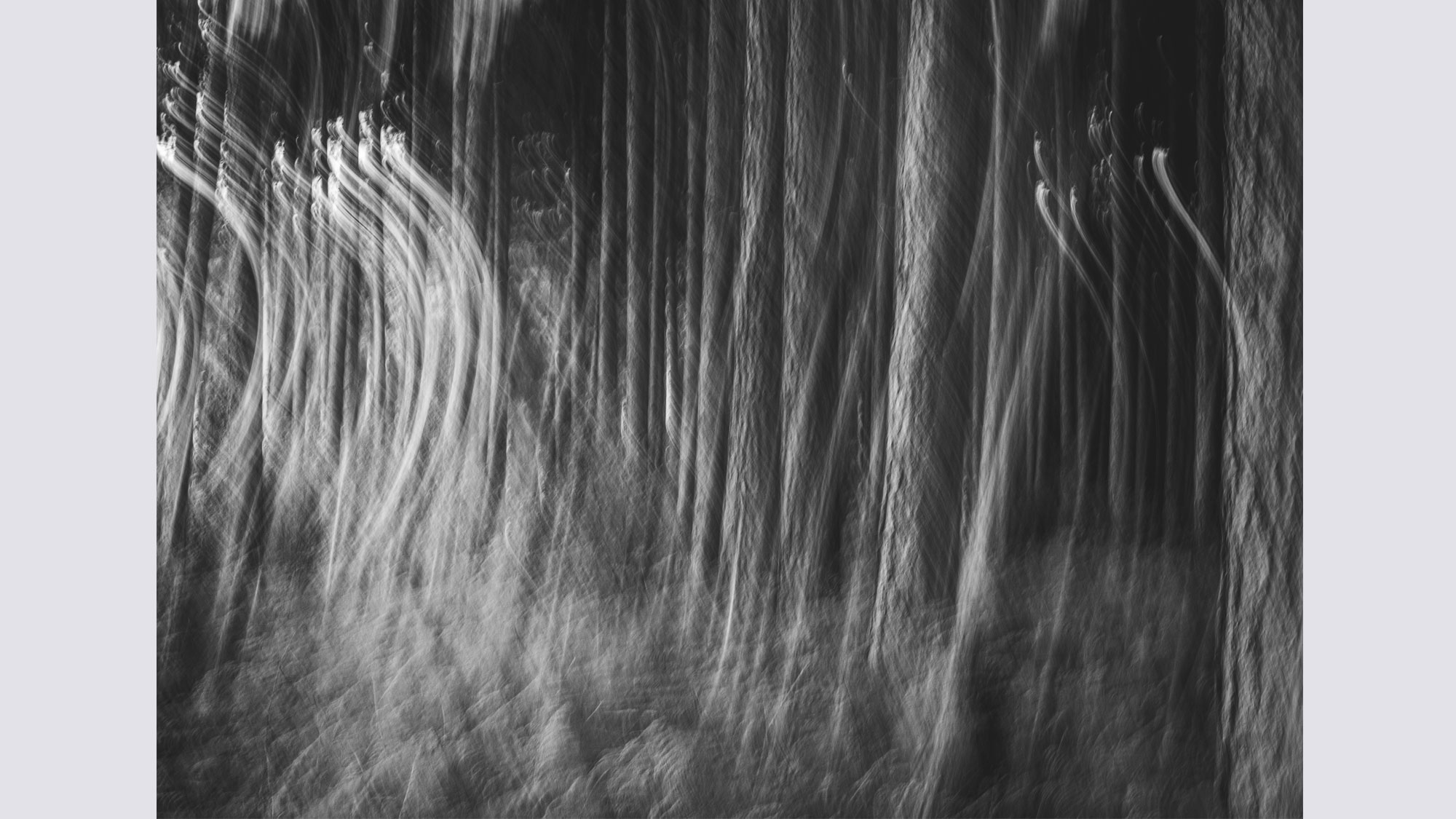
01 Look for different perspectives
ICM works almost every time, so anyone can experiment and get good results right away. With this photo you can still tell what the subject is, but you can also see the movement that was made by the camera.
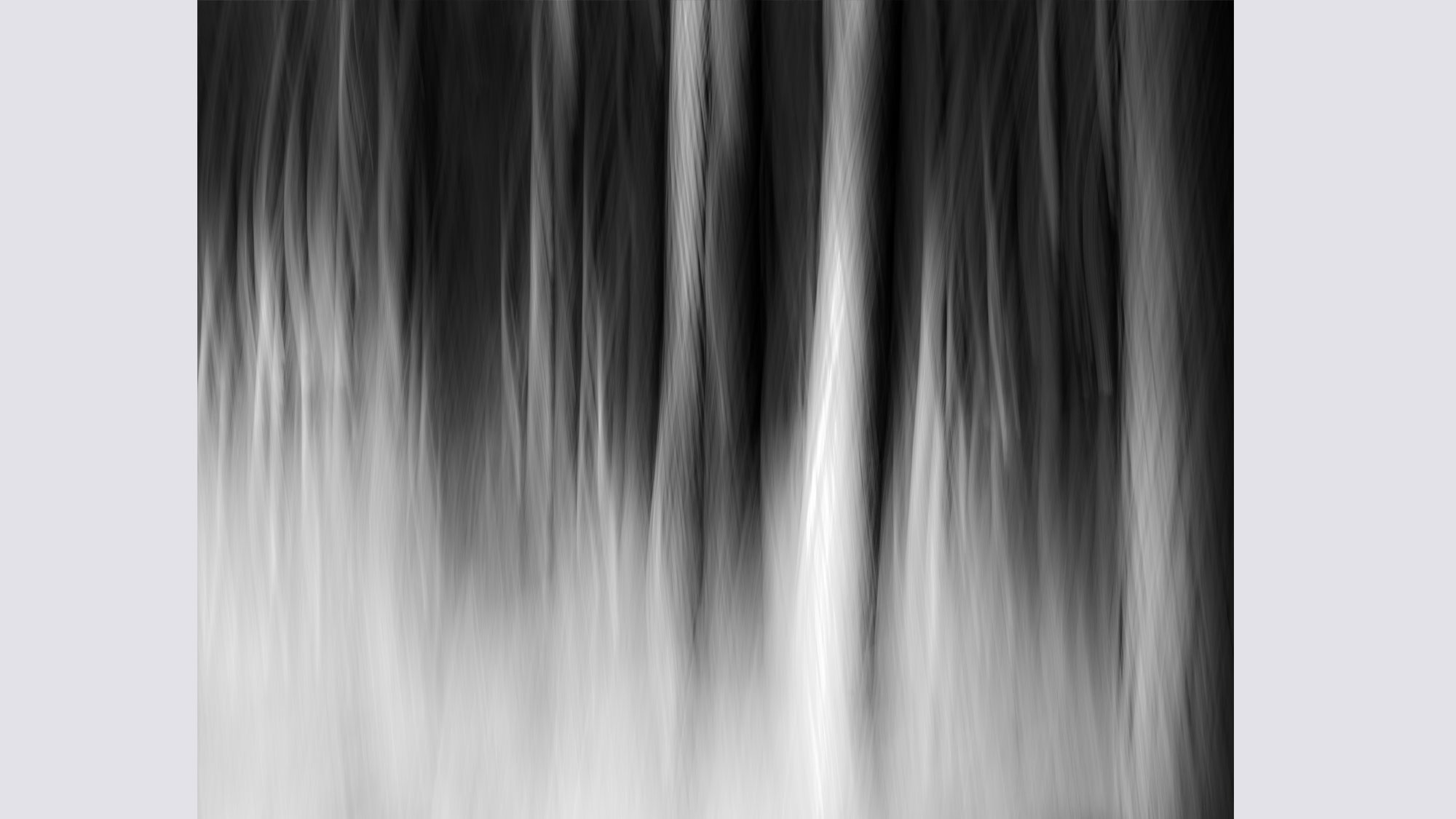
02 Be free to experiment
In this photo, I love the way the trees flow down the image. I processed it into black and white through Lightroom Classic. The image reflects an emotion I was feeling at the time I was taking the shot in the woods. I love taking in-camera movement shots, as you never know what you will get.
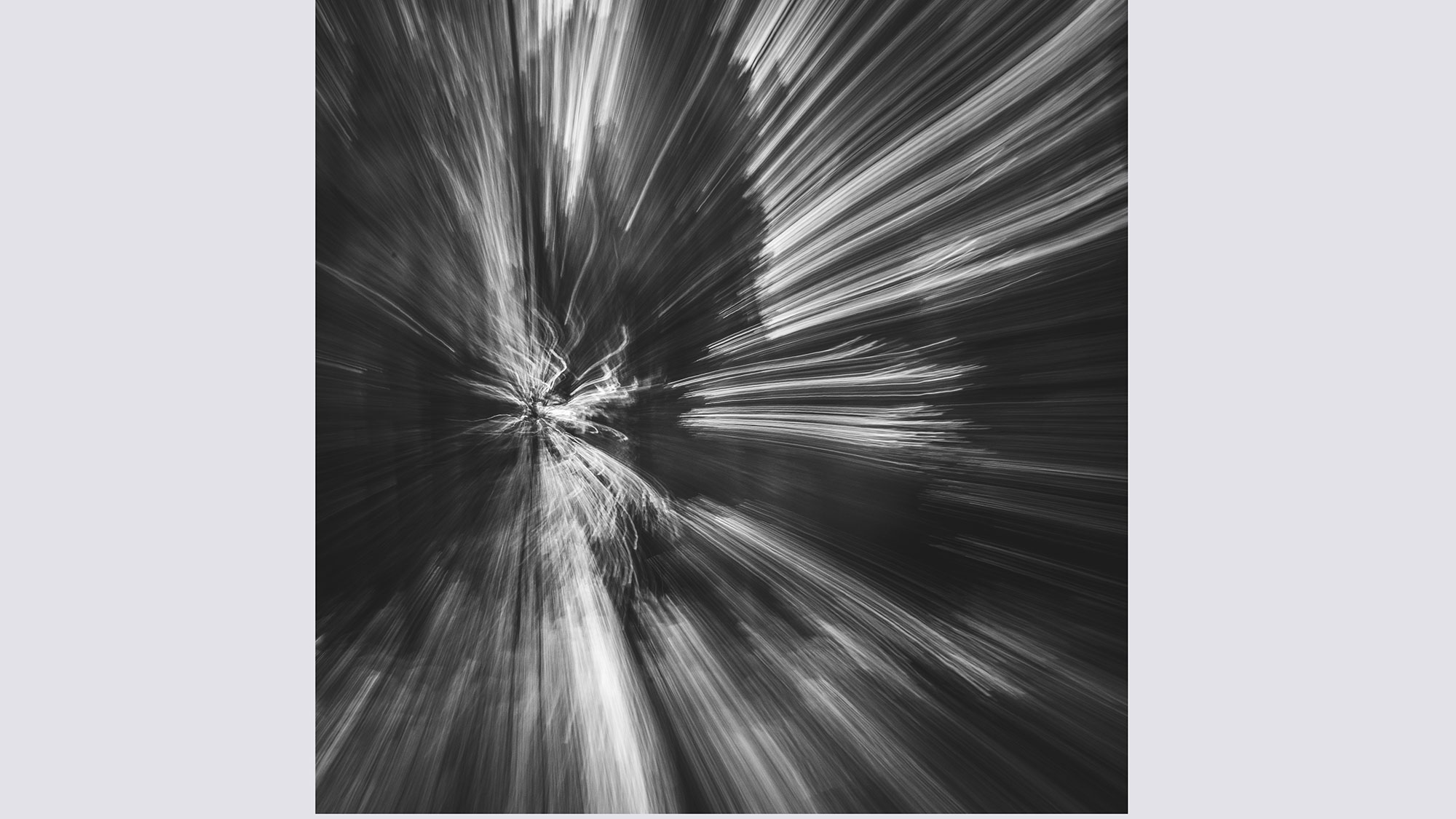
03 Monochrome can add drama
I love this photo because the subject could be anything and it takes the viewer’s eyes on a journey. I see myself as an abstract photographer, as I take and see
photos from a different perspective. I also love to edit my photos in black and white to add drama and emotion.

04 Try using zoom
With this photo, I used the zoom to make this effect. You have to make sure your settings are properly set for a long exposure, so say an aperture of f/22 and shutter speed of one second. Then, while the mirror is open, zoom in and out to get this type of effect.
Read more:
Home photography ideas
The best Nikon lenses
The best Nikon cameras
Get the Digital Camera World Newsletter
The best camera deals, reviews, product advice, and unmissable photography news, direct to your inbox!
Alistair is the Features Editor of Digital Camera magazine, and has worked as a professional photographer and video producer.
